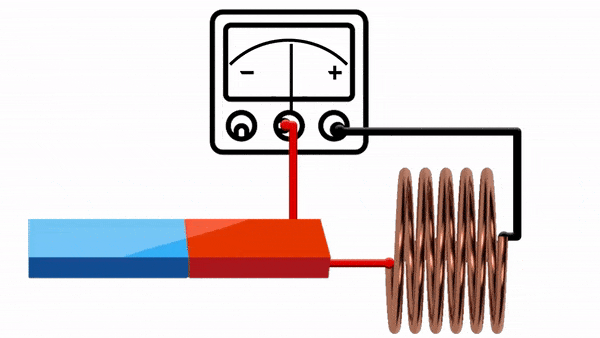Electromagnetic induction occurs whenever there is a relative motion between a magnetic field and a coil. The electromagnetic force acts on the charged particles inside the coil, forcing them in one direction along the coil. If ends of the coil are closed, it results in a current flow. This current is known as induced current.
Definition of induced current
The induced current can be defined as the current resulting from the phenomenon of electromagnetic induction.
Electromagnetic induction is fundamental to electric power generation. It has a wide range of applications. The phenomenon of electromagnetic induction was discovered by Michael Faraday in 1831 after performing several experiments for over 10 years in his laboratory in London.

Faraday’s first law of induction
Faraday’s first law of induction states that “an electromotive force will be induced in a wire placed in a varying magnetic field”.
Faraday’s second law of induction
Faraday’s second law of induction states that “the magnitude of the induced EMF is proportional to the rate of change of the magnetic field in which the wire is placed”.
Where ‘e’ is the magnitude of the induced emf, ‘ϕ‘ is the amount of magnetic flux linking the coil, and ‘N’ is the number of turns of the coil. The negative sign indicates that the induced current will flow in a direction so as to oppose the change in the magnetic field.
I am probably not the first to say this, but another time won’t hurt anybody. “Induced current” is like fingernails on a blackboard to me. You do not induce current. Simply look at Faraday’s laws and you will see no mention of current. You can only induce voltage. If the conductor which has the induced voltage present is formed into a closed circuit, current will result. You must remember that current is always a result, you do not create current, you merely allow it to happen by connecting a potential across a load.
Yes, you’re right. I’m in total agreement with you.